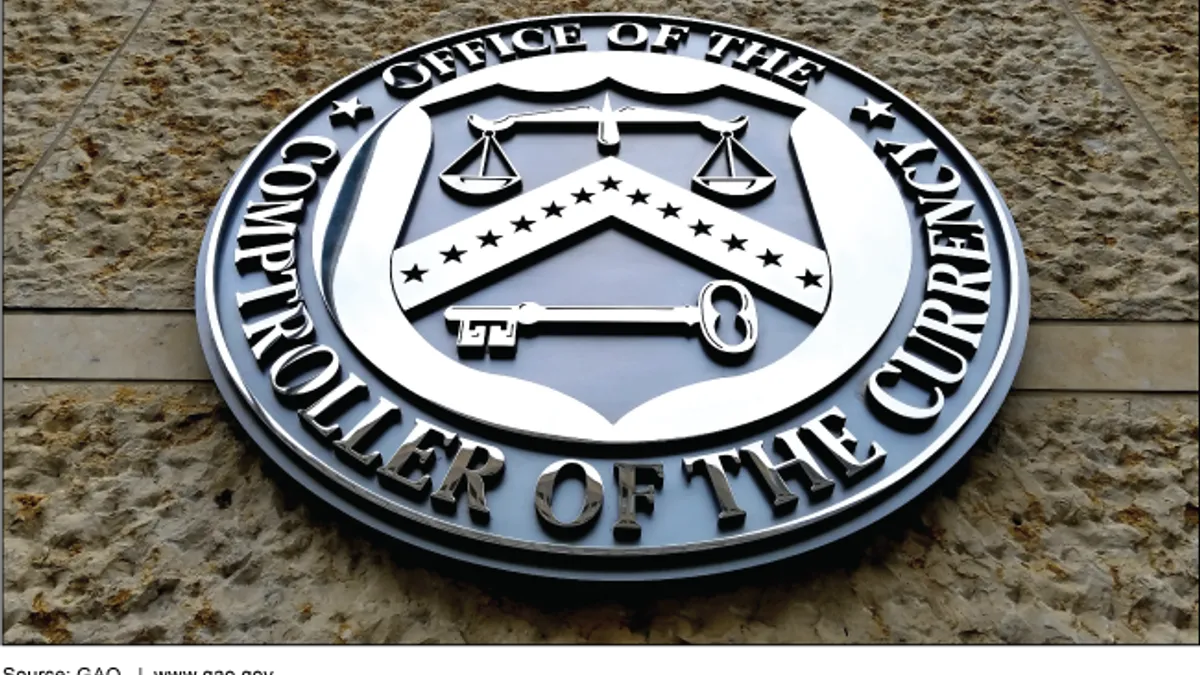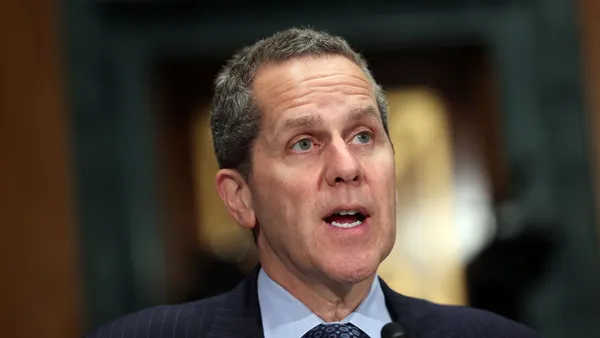The cryptocurrency sector hit several milestones under former Acting Comptroller Brian Brooks’ eight-month tenure as head of the Office of the Comptroller of the Currency (OCC), but a new acting chief could reverse some of those actions.
Under Brooks, the bank regulator issued guidance regarding banks' use of stablecoins and blockchains, as well as an interpretive letter clarifying that national banks are allowed to provide cryptocurrency custody services.
During his last week in office in January, Brooks gave cryptocurrency platform Anchorage conditional approval for a national trust bank charter — a first in the crypto sphere. Protego Trust Co. and Paxos have since received their own conditional approval for charters.
Despite the groundwork laid by crypto advocate Brooks, who joined Binance.US as CEO last month, new Acting Comptroller Michael Hsu has said he will review the regulator’s past actions regarding cryptocurrency activities and crypto firm charters, adding, "everything's on the table."
"I want to ensure that we have a holistic view across all of the issues, and that that holistic view is aligned with the individual decisions," he said Wednesday on a call with reporters.
Under review are the OCC’s interpretive letters related to digital assets or custody, crypto charters in the pipeline, and crypto charters that have been conditionally approved, Hsu said.
Hsu, whom Treasury Secretary Janet Yellen named acting OCC head in May, stressed his desire for interagency coordination on crypto policy, as well as a consensus on terminology when discussing the space.
"I want to make sure that we're precise in how we talk and think about these things and define them, so that we're not lumping things together that shouldn't be brought together," he said.
Hsu said efforts to build alignment on cryptocurrency policy and vocabulary are part of the mission of the newly created interagency "sprint team," a collaboration between the OCC, the Federal Reserve and the Federal Deposit Insurance Corp. (FDIC) to explore best practices for crypto regulation.
"The instructions that we gave to the team were to really focus on, first and foremost, getting on the same page in terms of terminology," Hsu said, adding conversations about risk —and how the agencies should respond to it — will soon follow.
"I think we all recognize that we've got to define this. We have to see if we agree on what the risks and what the landscape is, and then from there, decide what to do next," he said.
Hsu also stressed the importance of more general alignment among the regulators.
"There needs to be an overall view as to where the regulatory perimeter should be set and how the agencies are going to be working together," Hsu said. "Ideally, all of these individual decisions fit and are consistent and aligned with that broader strategy."














